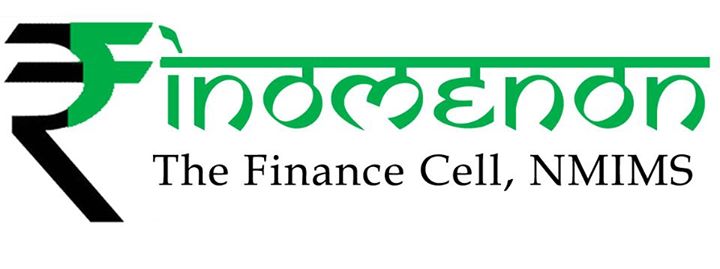Spectrum Auctions- A Success or Failure?
November 12, 2016 Leave a comment
The telecom spectrum auction was launched on 1 October 2016 with 2354.55 MHz of frequencies up for grabs. These were spread across seven bands (700MHz, 800MHz, 900MHz, 1800MHz, 2100MHz, 2300MHz and 2500MHz) with bidding in 22 telecom circles. The companies participating in the auction were Bharti Airtel, Vodafone India, Reliance Jio Infocomm, Reliance Communications, Idea Cellular, Aircel and Tata Tele. While Reliance Jio, Airtel and RCom have pan-India 4G spectrum, Vodafone and Idea Cellular have an opportunity to bid for airwaves to expand their 4G service footprint for competitive advantage in the market. Idea has 4G spectrum in 10 out of 22 telecom circles in the country. Vodafone, which has just brought in ₹47,700 crore equity investment from its parent firm, has spectrum for 4G services in 9 telecom circles. Telecom Secretary J S Deepak had commented that after this auction the “problem of spectrum scarcity affecting quality of service will be history”. He had also advised operators to “tank up” the radio waves to bridge shortfall in their holdings as the next such sale may not happen for “quite some time”.
Unlike previous auction, this time Government has reduced the interest on instalments to 9.3 per cent from about 10 per cent earlier. The government has fixed 3% of annual revenue as usage charge for spectrum acquired in the upcoming auction; for existing spectrum, a weighted average spectrum usage charge (SUC) has been fixed, with a floor price of 3%.
The auction saw the raising of ₹65,789 crores or 11.6% of total expected revenues of ₹5.66 lakh crores in five days. Out of the total 2354.55MHz available for auction, only 965MHz were successfully sold. The reason for such a poor showing has been attributed to the very high prices set for the coveted 700MHz and 900MHz bands which went without any players showing interest.
Frequency Bands:
The 700MHz band is applicable for 4G FD-LTE and was the first time this frequency was available through auction.
The 900MHz band is applicable for 3G coverage. It saw major sales in the 2015 spectrum auctions as operators’ licenses were due for renewal. As no licenses were due for renewal this year, there was little interest shown for this band. In fact, A cumulative total of only 9.4 MHz paired spectrum has been put up for sale across 4 circles, which represents the amount unsold last year, in block sizes of 0.2 MHz each.
The maximum interest was shown for the 1800MHz band with bidding in 19 of 22 telecom circles including Delhi, Mumbai, Kolkata, Gujarat and UP (East and West). This frequency is heavily used as part of the 2G spectrum.
Revenue to the Government:
Despite what the numbers may indicate, the amount received was more than the cumulative amount generated in telecom auctions since 2012. The Spectrum auction ends with bids worth Rupees 65,789 crore in five days and Vodafone India and Bharti Airtel emerging as the biggest buyers of 4G airwaves, followed by newcomer Reliance Jio Infocomm and Idea Cellular. This amount will not be immediately available to the government as telecom companies have been provided the option of upfront or deferred payments. The government will receive about Rs 32,000 crore as upfront payment from the just-ended sale. The government had promised to assign spectrum within 30 days of making an upfront payment by successful bidders, compared with four-five months earlier.
Key Highlights:
The lack of interest shown for the 700MHz band was also due to several telecom companies stating that the requisite ecosystem was not yet in place for its successful implementation.
Summing up, this was the biggest ever spectrum auction in the country with a wide variety of spectrum bands with several top industry captains on record expressing overall satisfaction with the outcome with stating that it “has resolved one of the largest issues that the industry faced—inadequate spectrum—and was not a failure, “will give pan-India mobile broadband footprint” and “will provide capacity for a decade”.
Written By- Sudarshan Raghunathan, NMIMS Mumbai
